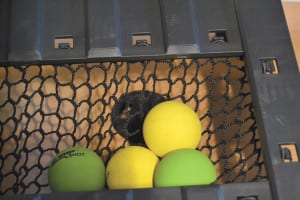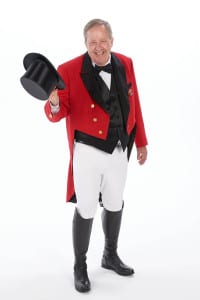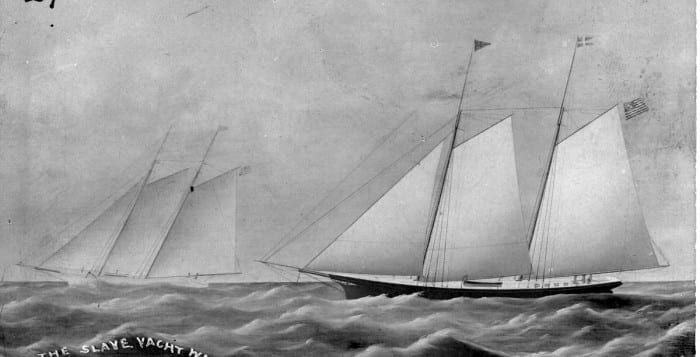By Rachel Siford
After two years of researching, writing and editing, the Middle Country Public Library’s local history book is
finally in print.

“Centereach, Selden, and Lake Grove,” an Images of America History Book was released on May 25. The book, which is published by Arcadia Publishing, is the latest in the company’s Images of America series that showcases small towns throughout the United States.
“I think it’s a wonderful thing for our staff to do because we have the resources and it’s our duty as a public library to preserve the history of our area,” Library Director Sophia Serlis-McPhillips said. “It’s like we are giving back to our community.”
The book documents the history of the Middle Country area dating back to the 1700s, and features images collected from residents that show the transformation of Centereach, Selden and Lake Grove from small, rural communities to the commercial, vibrant area it is today.
Four librarians, Luise Weiss, Theresa Arroyo, Jim Ward and Sara Fade, headed the research and making of the book.
The book’s researchers utilized neighboring library archives, local historians and photos and information they already had at the MCPL Heritage Collection.
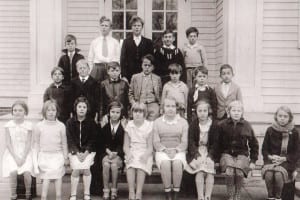
“I learned so much about the area, and we wanted to be able to pass that on,” said Arroyo, the coordinator of adult reference and cataloging services.
All four had to find pictures, track down and confirm information and then write a description detailing a special event or place in town.
“Local history is so much fun because you can put a historical lens on things you drive by every day,” Arroyo said.
Since the area does not have its own historical society or a main street, there haven’t been many books written about its history, according to Arroyo.
“Most people wouldn’t think that this area was full of farms and that Selden was known for its watermelons,” Arroyo said, smiling. “Middle Country Road is such a busy, commercial road today that it is hard to imagine it being a dirt road with no lights.”
Serlis-McPhillips said there has been a lot of public support and interest and a positive reaction so far: “People don’t realize how rich in history we are.”
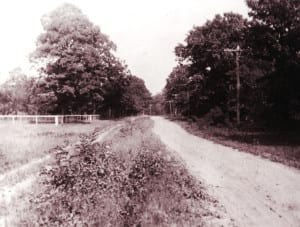
While most Images of America books end around the 1920s, the Middle Country one is unique because it delves into historic moments from the 1950s and 1960s.
Arroyo and Serlis-McPhillips both said their favorite history tidbit was learning about the cycling craze of the 1890s, which led to the creation of Bicycle Path, a road that stretches from Patchogue to Port Jefferson.
According to the librarians, riders were called wheelmen, and needed license plates and registration to ride.
To accompany this book release, the library is revamping its heritage collection by changing how the current section is organized, and will add genealogy resources for patrons to use.
The library will begin reconstructing the section in late June with the hope of opening in early fall.
“We felt is was really important since we don’t have a historical society for our area,” Serlis-McPhillips said. “We really wanted to be able to do something for our community.”
To see more photos and historical archives, visit the library’s website at www.middlecountrypubliclibrary.org/adults/local-history.







